In today’s fast-paced digital world, lawn care businesses can no longer rely solely on word-of-mouth referrals or traditional advertising to attract customers.
Homeowners are increasingly turning to search engines like Google to find reliable, local lawn care services—whether it’s for routine mowing, seasonal cleanups, or full-scale landscaping projects.
This shift makes search engine optimization (SEO) services an essential tool for lawn care companies looking to grow their client base and stay ahead of the competition.
Ranking high on search engine results pages (SERPs) isn’t just about visibility—it’s about connecting with potential customers at the exact moment they’re searching for your services.
At 1Solutions, we’ve worked with numerous small businesses, including those in the lawn care and landscaping industry, to develop SEO strategies that deliver measurable results.
In this in-depth guide, we’ll share seven proven tips to boost your lawn care business’s website rankings. These strategies are practical, actionable, and tailored specifically to the unique needs of lawn care providers. Let’s get started!
Why SEO Matters for Lawn Care Businesses
SEO is the process of optimizing your website to rank higher on search engines, driving organic (unpaid) traffic to your site. For lawn care businesses, this is especially important because most of your customers are local and actively searching for services you provide.
A study by BrightEdge found that organic search accounts for 53% of all website traffic, far outpacing paid ads and social media. For a lawn care company, appearing on the first page of Google can mean the difference between a fully booked schedule and a quiet phone.
But SEO offers more than just traffic. As we’ve outlined in our blog Why SEO is Important for Business, it builds trust with your audience, improves user experience, and provides a cost-effective way to market your services over the long term.
For lawn care providers, this translates into more inquiries, higher conversion rates, and a steady stream of repeat customers. Whether you’re a solo operator or managing a team of landscapers, mastering SEO can set you apart in a crowded market.
Now, let’s dive into the seven tips that will help your lawn care business climb the search rankings.
Tip 1: Conduct Targeted Keyword Research
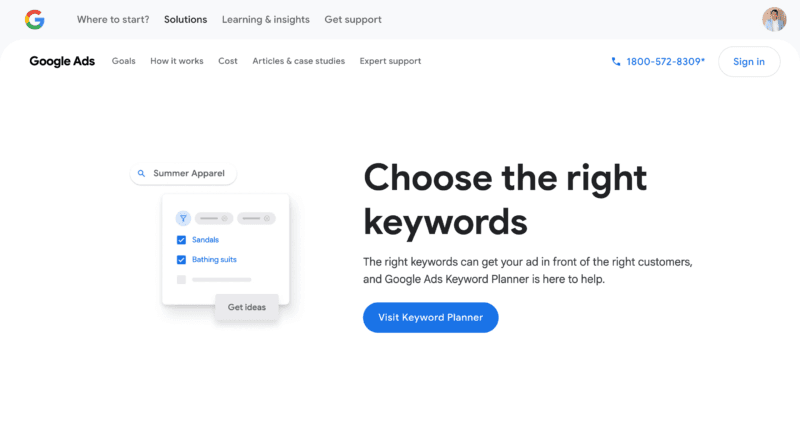
Every successful SEO campaign begins with keyword research. Keywords are the bridge between what your potential customers are searching for and the services you offer. For lawn care businesses, this might include broad terms like “lawn care” or more specific phrases like “lawn mowing services in [city]” or “organic weed control near me.”
How to Do It:
- Leverage Keyword Tools: Start with free tools like Google Keyword Planner to find popular search terms in your area. For more advanced insights, consider paid tools like Ahrefs or SEMrush, which provide data on search volume, keyword difficulty, and competitor performance.
- Prioritize Long-Tail Keywords: Long-tail keywords are longer, more specific phrases that often have lower competition and higher intent. Examples include “affordable lawn fertilization in [city],” “emergency tree trimming near me,” or “residential lawn care packages.” These terms are more likely to attract customers ready to book your services.
- Study Your Competitors: Visit the websites of top-ranking lawn care businesses in your area. Tools like Ahrefs or SEMrush can reveal the keywords they’re targeting. If a competitor ranks for “lawn aeration services,” you might target a niche variation like “lawn aeration for clay soil in [city]” to carve out your own space.
- Think Seasonally: Lawn care is a seasonal business, so adapt your keywords accordingly. Target “spring lawn cleanup services” in March or “fall leaf removal near me” in October to capture timely searches.
Real-World Example:
Imagine you run a lawn care business in Austin, Texas. A generic keyword like “lawn care” might be too broad and competitive, dominated by national brands. Instead, targeting “lawn care services in Austin” or “drought-resistant landscaping in Austin” narrows the field and aligns with local needs.
Pro Tip:
For a deeper dive into ranking strategies, check out our blog 15 Proven Tips to Rank #1 on Google.
Tip 2: Optimize Your Website for Local SEO
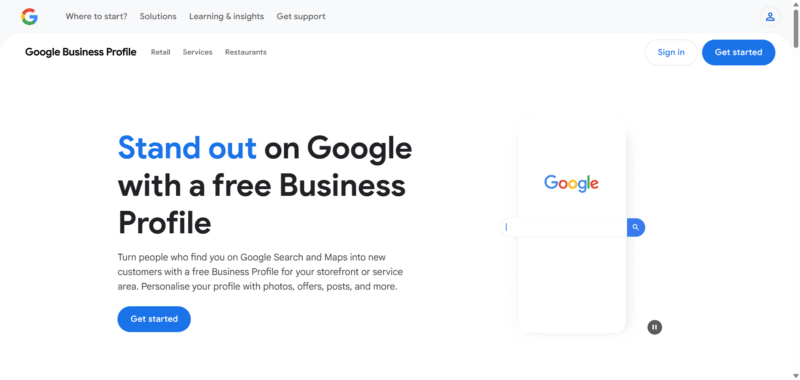
Lawn care is inherently local—your customers are homeowners and businesses within a specific radius of your operation. Local SEO ensures your website appears when people in your area search for services you offer. A key component of this is dominating Google’s “Local Pack,” the map and business listings that appear above organic results.
How to Do It:
- Set Up Your Google Business Profile: Claim and optimize your Google Business Profile. Fill out every field—business name, address, phone number (NAP), website, hours, and service areas. Upload high-resolution photos of your team in action, your equipment, and completed lawn projects to stand out.
- Incorporate Local Keywords: Sprinkle location-specific terms throughout your site. Optimize title tags (e.g., “Lawn Care Services in [City] | [Your Business Name]”), meta descriptions, and on-page content with phrases like “landscaping in [region]” or “lawn mowing near [neighborhood].”
- Gather and Manage Reviews: Encourage satisfied customers to leave reviews on Google, Yelp, or Facebook. Respond to every review professionally—thank positive reviewers and address negative feedback constructively. Google rewards active engagement.
- Create Location Pages: If you serve multiple cities, build dedicated pages for each (e.g., “Lawn Care in [City A]” and “Lawn Care in [City B]”). Include unique content, testimonials, and local keywords for each area.
Real-World Example:
A lawn care company in Charlotte, NC, could optimize its Google Business Profile with categories like “Lawn Care Service,” “Landscaper,” and “Tree Service.” Adding photos of a freshly mowed lawn in Uptown Charlotte or a trimmed hedge in Myers Park makes the listing more appealing to local searchers.
Pro Tip:
Learn more about dominating local search with our guide How to Do Local SEO Marketing.
Tip 3: Create High-Quality, Lawn Care-Specific Content
Content is the backbone of SEO. For lawn care businesses, this means crafting pages and blog posts that answer your audience’s questions, showcase your expertise, and rank for relevant keywords. Quality content keeps visitors on your site longer and signals to Google that you’re a valuable resource.
How to Do It:
- Develop Detailed Service Pages: Create a separate page for each service—lawn mowing, fertilization, weed control, aeration, etc. Include keyword-rich headings (e.g., “Professional Lawn Mowing in [City]”), detailed descriptions, and calls-to-action like “Book Your Lawn Mowing Today.”
- Launch a Blog: Write articles that address common lawn care concerns. Examples include “5 Tips to Keep Your Lawn Green in Summer,” “Why Aeration is Essential for Healthy Grass,” or “How to Choose the Right Fertilizer for Your Yard.” These posts can rank for informational searches and attract potential clients.
- Enhance with Visuals: Add before-and-after photos of your projects, infographics explaining lawn care processes, or short videos demonstrating your techniques. Visuals boost engagement and dwell time, both of which improve rankings.
- Answer FAQs: Include a frequently asked questions section on your site. Address queries like “How often should I mow my lawn?” or “What’s the best time for weed control?” to capture voice search traffic from devices like Alexa or Siri.
Real-World Example:
A blog post titled “How to Revive a Drought-Damaged Lawn in [City]” could include step-by-step advice, photos of a recent project, and a link to your fertilization services. This not only ranks for local searches but also builds trust with readers.
Why It Works:
Organic content drives traffic without ongoing ad spend.
For deeper insights read this blog – What is Organic SEO and Its Benefits?,
Tip 4: Improve Website Speed and Mobile Usability
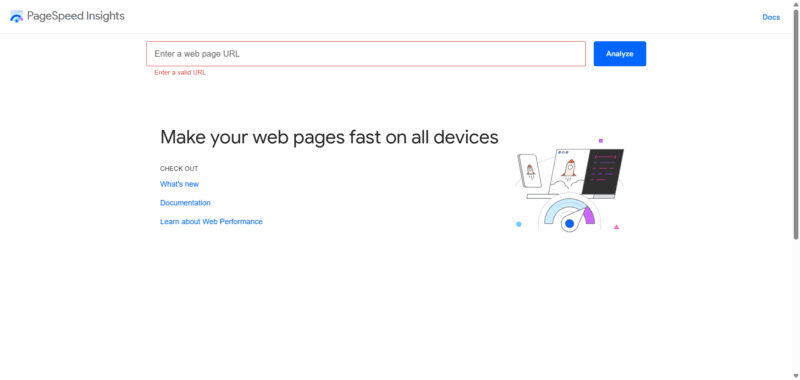
A slow website frustrates users and hurts your rankings. Google’s algorithm favors fast-loading, mobile-friendly sites, especially since over 60% of searches now happen on mobile devices (per Statista). For lawn care businesses, this is critical—homeowners often book services on the go.
How to Do It:
- Measure Site Speed: Run your site through Google PageSpeed Insights or GTmetrix. Aim for a load time of 2-3 seconds or less. Common issues include large images, unoptimized code, or slow hosting.
- Optimize Images: Use tools like TinyPNG to compress photos of your lawn projects without losing quality. Avoid uploading raw files straight from your camera.
- Adopt Responsive Design: Ensure your site looks great on desktops, tablets, and phones. Test it across devices or use Google’s Mobile-Friendly Test.
- Minimize Plugins: If you’re on WordPress, too many plugins can slow your site. Keep only the essentials, like Yoast SEO for optimization.
Real-World Example:
A lawn care site with a 5-second load time might lose 40% of its visitors, per Google research. After compressing images and switching to faster hosting, that same site could load in 2 seconds, retaining more leads.
Pro Tip:
Combine this with tactics from How to Rank on the Top of Google Search Results to maximize your site’s performance.
Tip 5: Build High-Quality Backlinks
Backlinks are like votes of confidence from other websites. For lawn care businesses, earning links from reputable, relevant sources boosts your authority and rankings. This is where link building services come in, helping you strategically acquire high-quality backlinks that strengthen your SEO and drive more traffic to your site.
How to Do It:
- Write Guest Posts: Contribute articles to landscaping blogs, home improvement sites, or local news outlets. Include a link to your site in your bio or content (e.g., “Learn more about lawn care at [YourSite.com]”).
- Network Locally: Partner with complementary businesses like garden centers, hardware stores, or realtors. Ask them to link to your site as a recommended provider.
- Submit to Directories: List your business on trusted directories like Yellow Pages, BBB, or Angi. Ensure your NAP is consistent across all listings.
- Earn Press: Sponsor a local event (e.g., a community garden cleanup) and pitch it to local media. A mention with a link from a site like Patch can work wonders.
Real-World Example:
A lawn care business in Denver might write a guest post for a Colorado gardening blog about “High-Altitude Lawn Care Tips,” linking back to their aeration services page. This builds both traffic and credibility.
Why It Works:
Links from authoritative sites like Forbes or Entrepreneur carry significant weight. Focus on quality over quantity to avoid Google penalties.
Tip 6: Leverage Schema Markup for Rich Results

Schema markup is code that helps search engines understand your content, potentially earning you enhanced listings (rich snippets) like star ratings or service hours in search results.
How to Do It:
- Implement Local Business Schema: Add structured data from Schema.org to your site, including your NAP, services, and prices. This helps Google display your info accurately.
- Add Review Schema: Highlight customer reviews with star ratings. A 4.8-star rating next to your listing can boost clicks.
- Use Tools: WordPress users can rely on plugins like Yoast SEO, while others can use Google’s Structured Data Markup Helper.
Real-World Example:
A lawn care site with review schema might show “★★★★★ 4.9 (50 reviews)” in search results, making it more enticing than a plain listing.
Pro Tip:
Per Search Engine Journal, rich snippets can increase click-through rates by 20-30%. Pair this with local SEO for maximum visibility.
Tip 7: Track and Refine Your SEO Performance
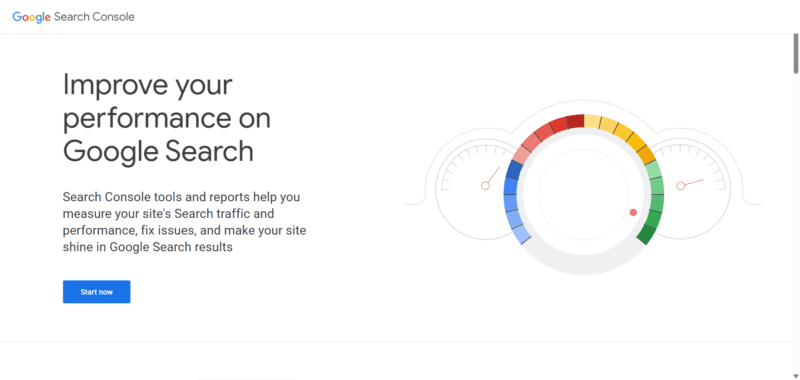
SEO is an ongoing process. To stay competitive, monitor your results and tweak your strategy based on data.
How to Do It:
- Analyze Traffic: Use Google Analytics to track visitors, bounce rates, and conversions. Google Search Console shows which keywords drive clicks.
- Monitor Rankings: Tools like SEMrush or Ahrefs let you track your position for target keywords over time.
- Test and Iterate: Experiment with different title tags (e.g., “Best Lawn Care in [City]” vs. “Affordable Lawn Services in [City]”) or content layouts to see what performs best.
- Stay Updated: Follow SEO news from sites like Search Engine Land to adapt to algorithm changes.
Real-World Example:
If “lawn mowing [city]” drops from rank 5 to 10, analyze why—did a competitor publish new content? Did your page load time increase? Adjust accordingly.
Why It Works:
Continuous optimization keeps you ahead.
Revisit 15 Proven Tips to Rank #1 on Google for more advanced tactics.
Bringing It All Together
Digital Marketing for lawn care businesses blends technical know-how with a deep understanding of your local audience. By mastering keyword research, local SEO, content creation, site speed, backlinks, schema markup, and performance tracking, you’ll build a website that not only ranks high but also converts visitors into clients. For example, while this article targets lawn care, similar practices exist for other local businesses; a dentist’s office would benefit from dental SEO services to rank for city-specific keywords.
At 1Solutions, we’re passionate about helping lawn care businesses like yours thrive online. Need a tailored SEO plan or expert support? Reach out today—let’s grow your business together!





















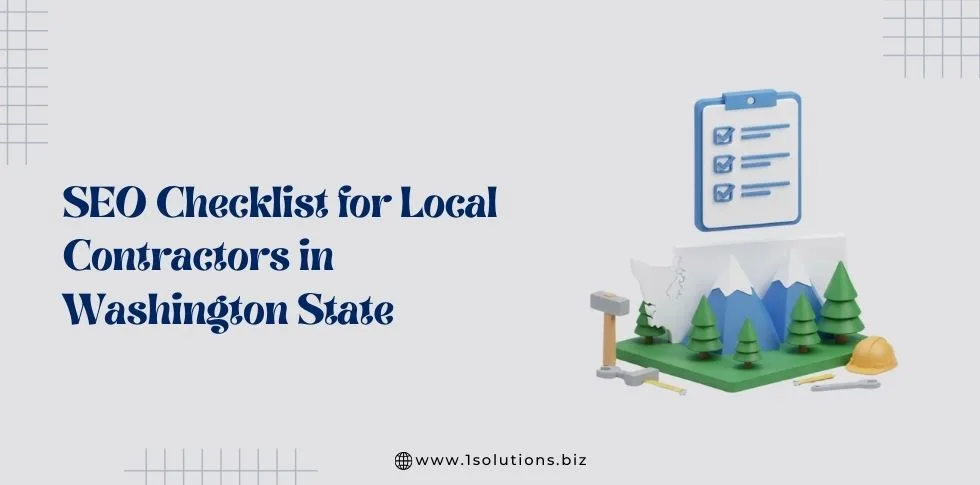



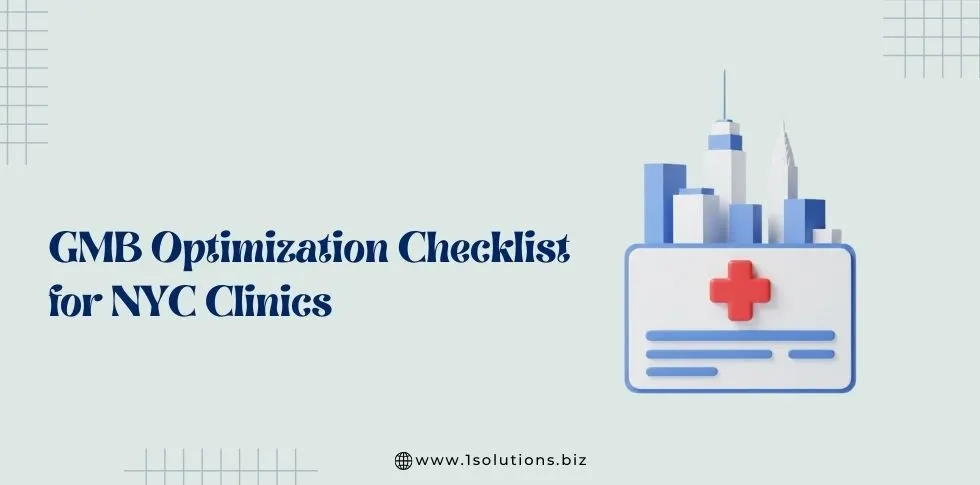






 in India
in India